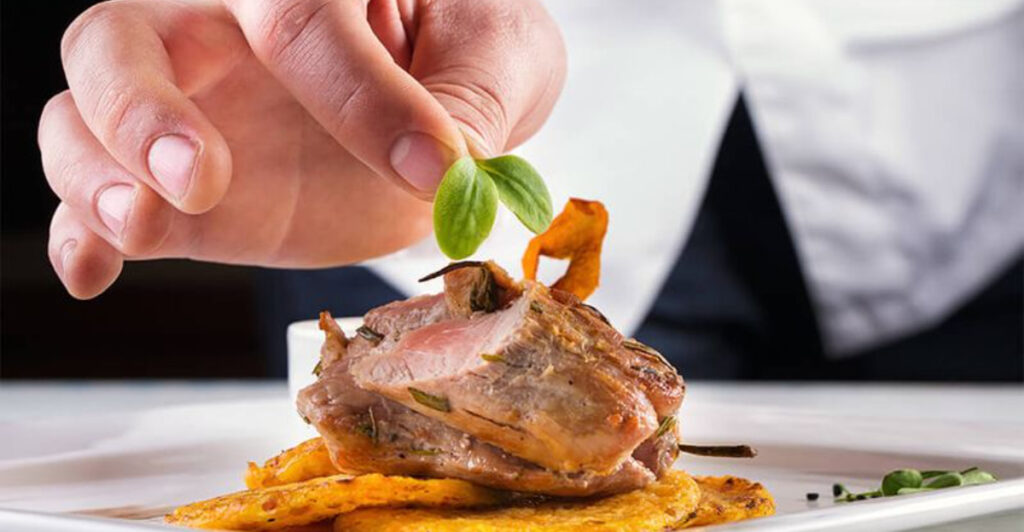Whether you’re dining out at a neighborhood bistro or a highway diner, not all menu items are created equal. Some dishes are notoriously overpriced, unsanitary, or just plain underwhelming — and industry pros know which ones to avoid. Here are 10 of the worst things to order at any restaurant, along with better alternatives that won’t leave you disappointed (or worse).
1. Well-Done Steak
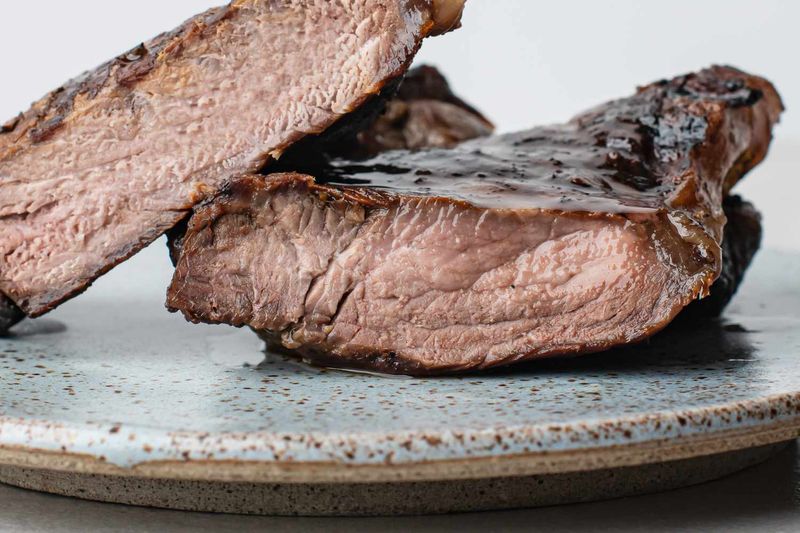
Choosing well-done steak might seem like a safe bet, but it often results in a dry, tasteless meal. Many kitchens reserve their lesser cuts for well-done requests, knowing the texture will be overshadowed by extensive cooking. Opting for medium or medium-rare enhances the natural flavors and tenderness of the beef. Alternatively, indulge in braised short ribs for a savory, melt-in-your-mouth experience. Avoid the temptation to overcook for safety; instead, trust in quality cuts and proper preparation to provide a satisfying and flavorful dining experience.
2. Ice in Your Fountain Drink
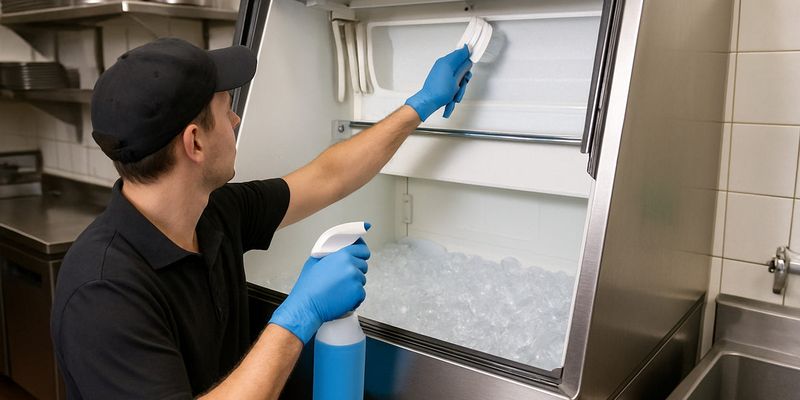
Those gleaming cubes in your fountain drink might be hiding a less appealing secret. Studies reveal that restaurant ice machines, if not cleaned properly, can harbor more bacteria than toilet water. For a safer beverage choice, consider opting for bottled drinks or request your drink without ice. By doing so, you’ll avoid ingesting unwanted germs and enjoy a refreshing, worry-free quench. Cleanliness is key, and skipping ice could be your ticket to a healthier dining experience.
3. Fish on a Monday
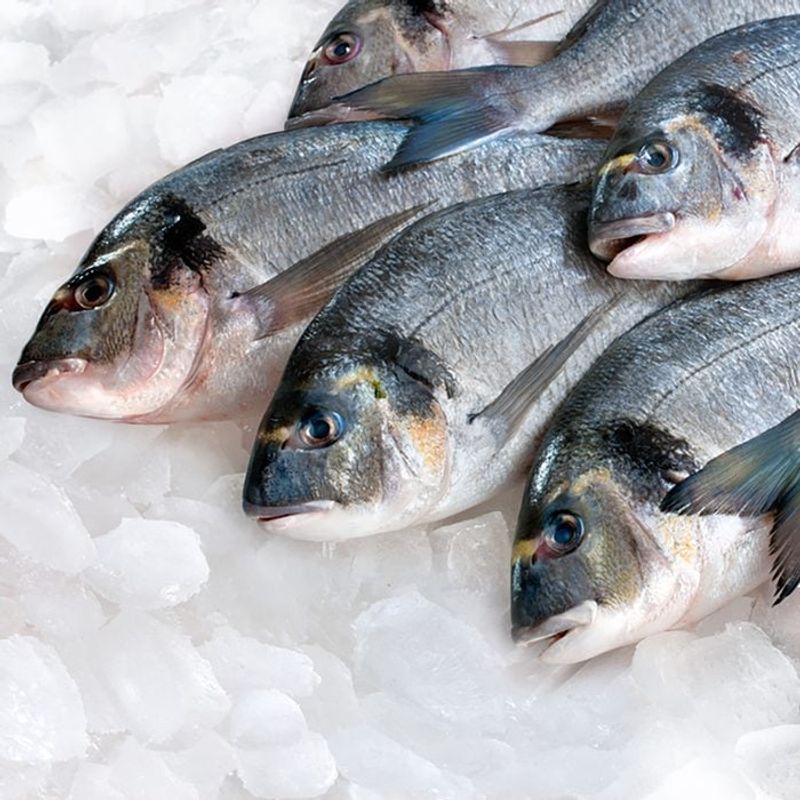
Ordering fish on a Monday may not be the freshest choice. Many restaurants receive their seafood deliveries on Thursdays or Fridays, leaving Monday’s fish potentially several days old. To ensure the best quality and taste, it’s wise to order seafood mid-week when deliveries are fresh. Alternatively, consider vegetarian options on Mondays, which are likely made with more recently sourced ingredients. Choosing wisely not only enhances your meal but also ensures a fresher gustatory experience.
4. Raw Oysters at a Questionable Spot
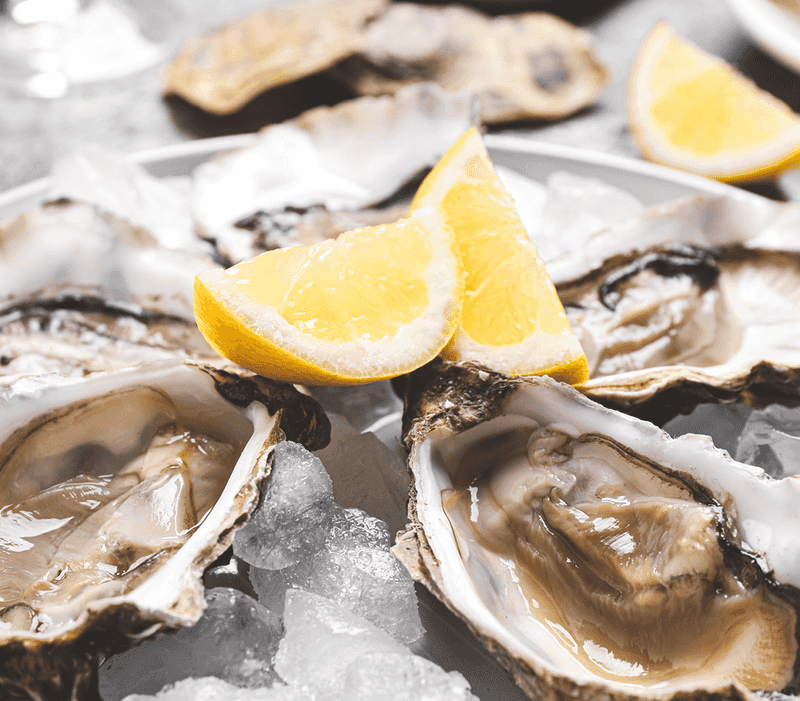
Raw oysters can be a risky indulgence, especially if not sourced and stored properly. These delicate shellfish may carry serious foodborne illnesses, particularly in establishments far from the coast. To savor this delicacy without concern, ensure you’re dining at a reputable location known for its seafood quality. Alternatively, enjoy cooked shellfish like mussels or clams. This choice not only offers peace of mind but also a delightful taste of the sea, free from health risks.
5. Buffet Items Sitting Too Long
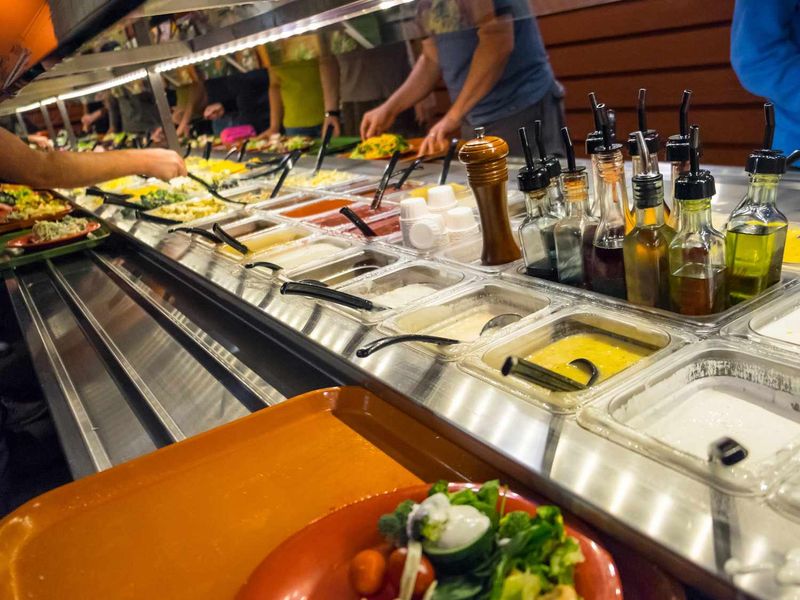
Buffets may seem like a convenient choice, but the risk of bacteria can make it less appealing. Hot foods that drop below safe temperatures or cold items that warm up can become breeding grounds for germs. Opt for made-to-order dishes to ensure freshness and hygiene. By choosing items prepared on the spot, you can enjoy a meal that’s both delightful and safe, steering clear of potential buffet pitfalls.
6. Chicken Breast (If It’s the Only Chicken Option)
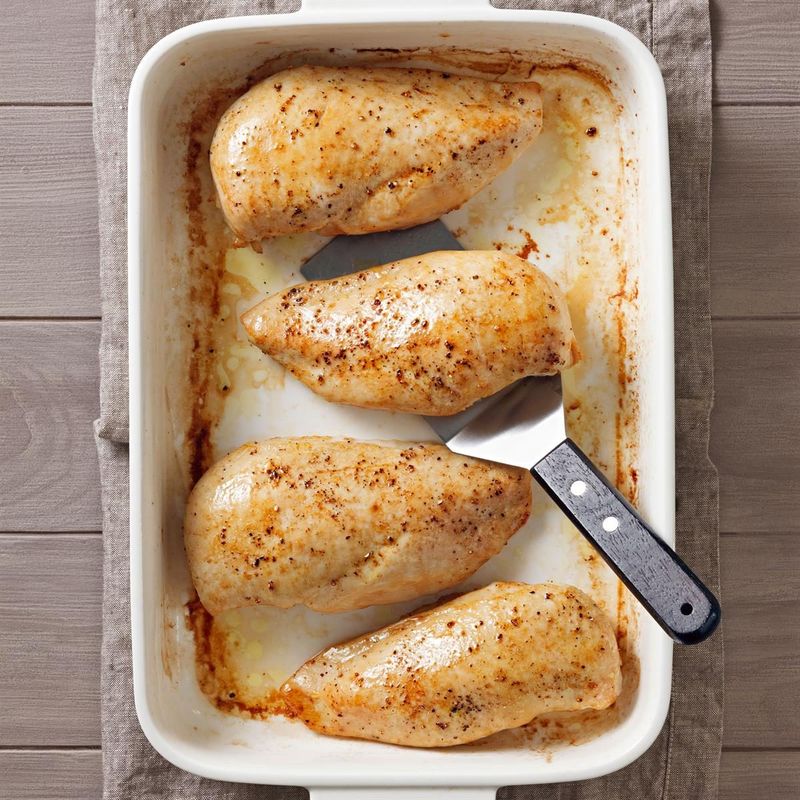
When chicken breast is the only option, it often signifies a lackluster dining experience. Typically overcooked and dry, it serves as a menu filler that rarely impresses. Instead, opt for bone-in thighs or rotisserie-style chicken dishes, which offer juicier and more flavorful meat. By choosing a more thoughtfully prepared chicken dish, you can elevate your meal and avoid the disappointment of a mundane choice.
7. Anything That’s “Truffle-Flavored”
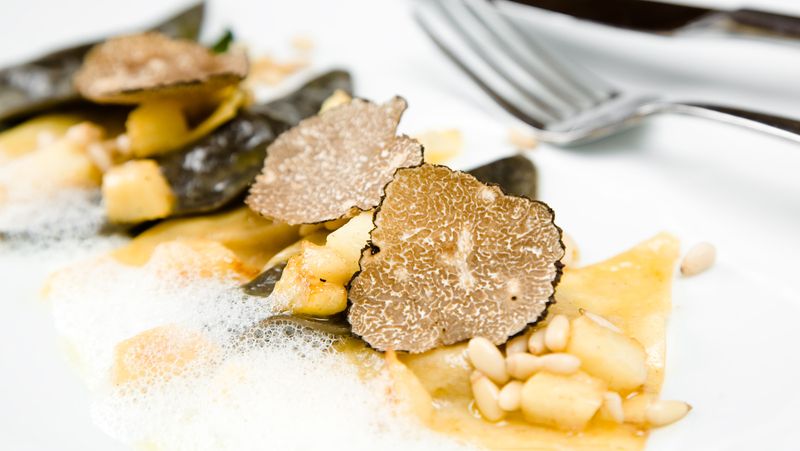
Truffle-flavored dishes might sound enticing, but most truffle oils contain no real truffle. Instead, these oils use synthetic flavorings that overwhelm rather than enhance. Opt for meals with fresh herbs or high-quality ingredients instead. They provide a more authentic and satisfying culinary experience, allowing the true flavors to shine. Enjoy genuine taste without the artificial distraction.
8. Pasta with Shrimp at a Diner
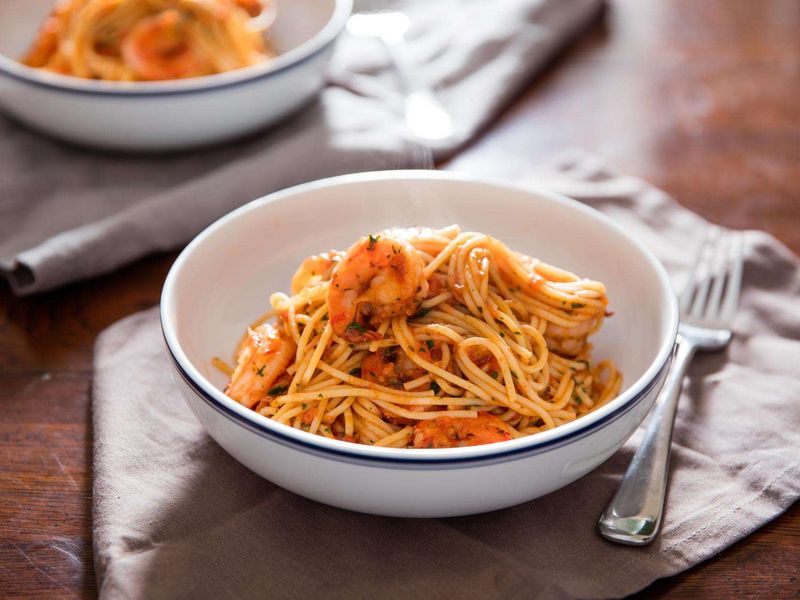
Shrimp in diner pasta can be a dicey choice. This seafood spoils quickly and often arrives frozen at casual eateries. Improper thawing or cooking may pose health risks. Stick with classic diner pasta like spaghetti and meatballs, or comfort foods that carry less risk. By choosing wisely, you ensure both taste and safety in your meal.
9. Lemon Wedges in Water
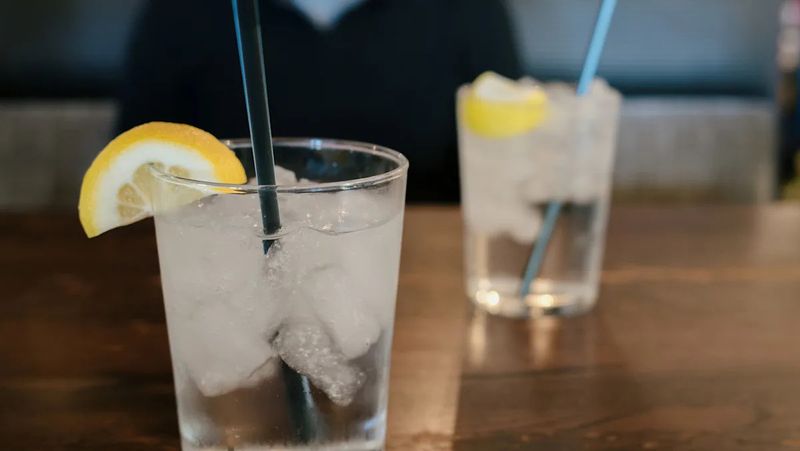
Lemon wedges in your water might seem refreshing, but these citrus slices are often not thoroughly washed before being sliced and handled. Sitting uncovered, they can harbor bacteria. For a safer hydration choice, request no lemon, or opt for a sealed drink like iced tea in a bottle. This small adjustment can make a significant difference in hygiene and dining satisfaction.
10. The “Special” (If It’s Always on the Menu)
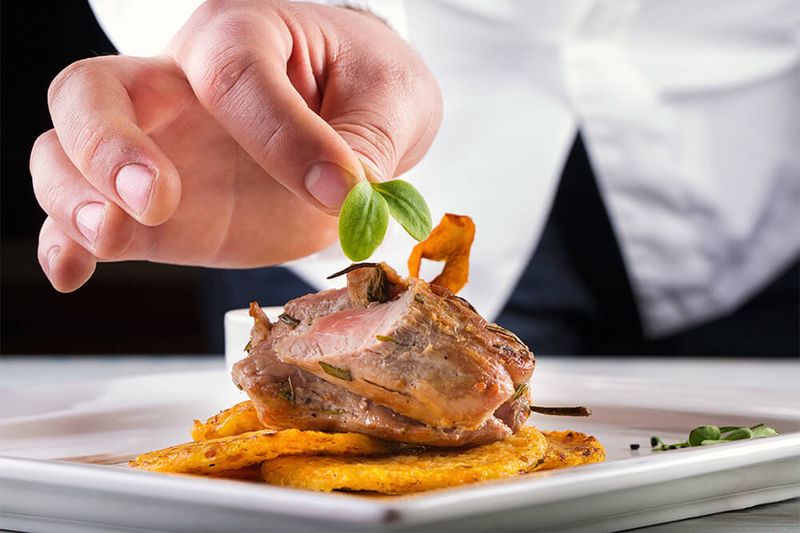
The so-called “special” dish may not be as special as you think. When a daily special is perpetually available, it often indicates the kitchen’s attempt to use up ingredients nearing the end of their shelf life. This can mean lower quality or even expired components being repurposed into a dish. Instead of falling for this trap, ask your server for freshly prepared or house-made recommendations. A meal featuring seasonal produce or daily-caught seafood is likely to offer better taste and higher quality. Avoid the overused special and delight your palate with truly fresh culinary creations.

